
Copernical Team
SwRI experiment helps predict effects of DART impact
 On September 26, NASA's Double Asteroid Redirection Test (DART) spacecraft crashed into Dimorphos, a moonlet of the near-Earth asteroid Didymos, at 14,000 miles per hour. Prior to the impact, Southwest Research Institute engineers and scientists performed an experiment to study the cratering process that produces the mass of ejected materials and measures the subsequent momentum enhancement of t
On September 26, NASA's Double Asteroid Redirection Test (DART) spacecraft crashed into Dimorphos, a moonlet of the near-Earth asteroid Didymos, at 14,000 miles per hour. Prior to the impact, Southwest Research Institute engineers and scientists performed an experiment to study the cratering process that produces the mass of ejected materials and measures the subsequent momentum enhancement of t NASA's InSight spacecraft on Mars nears final days
 NASA's InSight spacecraft is nearing the end of its life after four years on Mars.
The Mars InSight lander was sent to the Red Planet in 2018 to study its crust, mantle and core. Heavy dust buildup on its solar panels, the chief source of its power supply, is bringing it within weeks of becoming inoperable, NASA said Tuesday.
Officials said the lander is operating at about 20% of
NASA's InSight spacecraft is nearing the end of its life after four years on Mars.
The Mars InSight lander was sent to the Red Planet in 2018 to study its crust, mantle and core. Heavy dust buildup on its solar panels, the chief source of its power supply, is bringing it within weeks of becoming inoperable, NASA said Tuesday.
Officials said the lander is operating at about 20% of Rocket Lab set to attempt next mid-air helicopter rocket catch
 Rocket Lab USA, Inc. (Nasdaq: RKLB) has confirmed that it will attempt to catch an Electron rocket with a helicopter as it returns to Earth from space during the Company's next launch.
Rocket Lab's 32nd Electron launch, the "Catch Me If You Can" mission, is scheduled to launch from Pad B at Rocket Lab Launch Complex 1 during a launch window opening on November 04, UTC.
Electron will carry
Rocket Lab USA, Inc. (Nasdaq: RKLB) has confirmed that it will attempt to catch an Electron rocket with a helicopter as it returns to Earth from space during the Company's next launch.
Rocket Lab's 32nd Electron launch, the "Catch Me If You Can" mission, is scheduled to launch from Pad B at Rocket Lab Launch Complex 1 during a launch window opening on November 04, UTC.
Electron will carry Experiment helps predict effects of DART impact
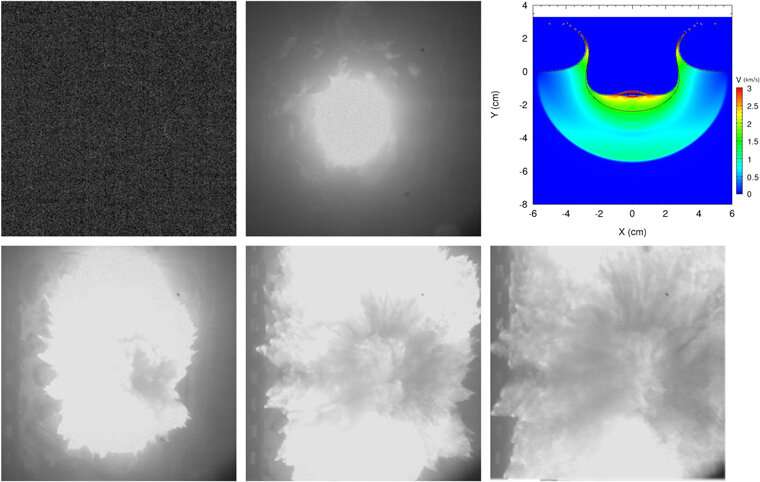
Surviving space: Extreme plant adaptation

Which plants have the best chances for survival in space?
That's the question being addressed by Principal Investigators Anna-Lisa Paul and Robert Ferl in the Epigenetic Adaptation to the Spaceflight Environment—Accumulated Genomic Change Induced by Generations in Space (Plant Habitat-03) investigation, which will soon launch to the International Space Station aboard Northrop Grumman's 18th commercial resupply services mission for NASA.
From one generation to the next?
This investigation will take advantage of the unique environment aboard the space station to study an intriguing phenomenon.
Heavy payload balloon lifted to near-space heights
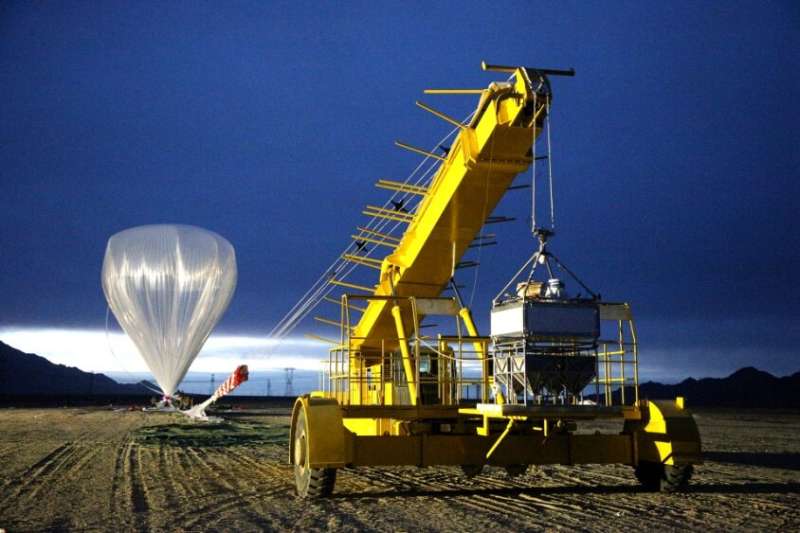
A high-altitude scientific balloon containing 1.2-ton payloads was lifted into the sky and reached an altitude of 30km in a demonstration test that helped validate the payload capacity of a near-space balloon platform.
The flight test was conducted in northwestern China's Qinghai Province on September 30, 2022, by a research team from the Aerospace Information Research Institute (AIR) of the Chinese Academy of Sciences (CAS), marking a further step in the development of China's high-altitude balloon platform.
Delivering payloads from the ground to the stratospheric region known as "near-space," the balloon platform can carry tons of scientific instruments, especially large-sized ones such as unmanned air vehicles over aerial-based launches.
-
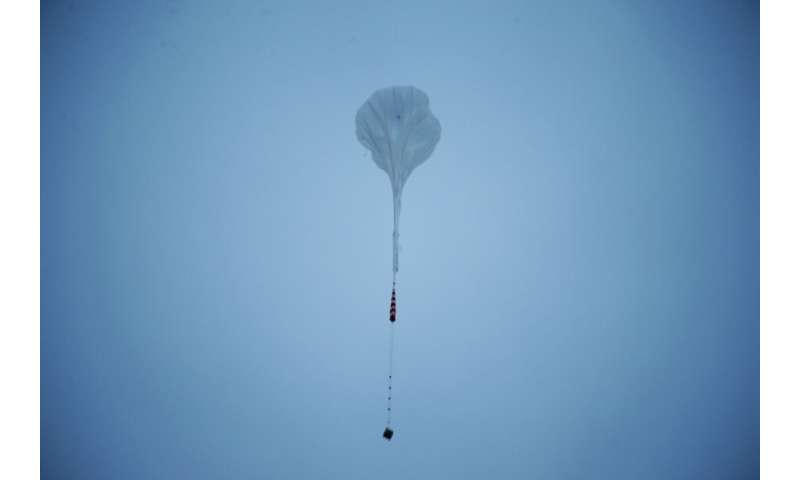
The balloon is ascending into the sky. Credit: AIR -
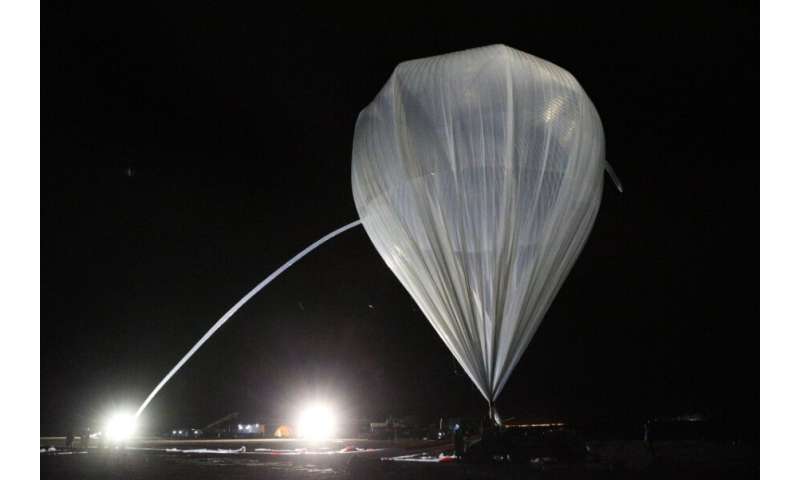
The balloon is inflated.
SpaceX nails booster landings after foggy military launch
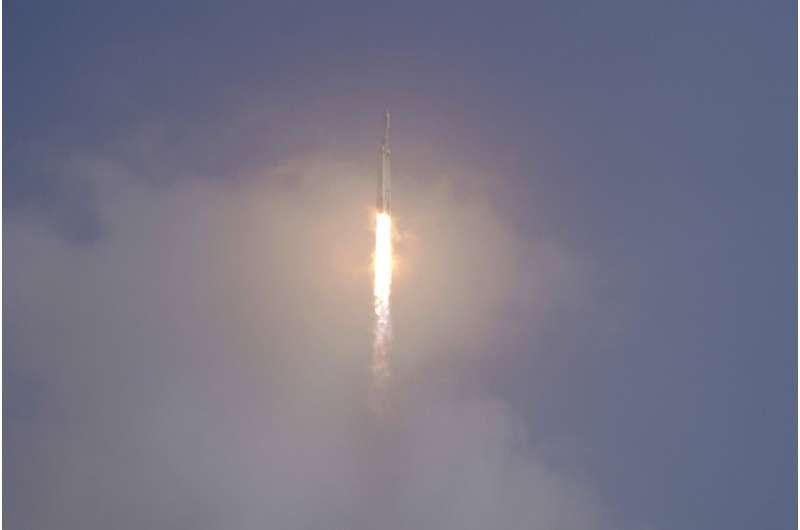
SpaceX launched its mega Falcon Heavy rocket for the first time in more than three years Tuesday, hoisting satellites for the military and then nailing side-by-side booster landings back near the pad.
Thick fog shrouded NASA's Kennedy Space Center as the rocket blasted off at midmorning. The crowd at the launch site couldn't even see the pad three miles (5 kilometers) away, but heard the roar of the 27 first-stage engines.
Both side boosters peeled away two minutes after liftoff, flew back to Cape Canaveral, and landed alongside one another, just a few seconds apart. The core stage was discarded at sea, its entire energy needed to get the Space Force's satellites to their intended extra-high orbit.
BlackSky wins $10M follow-on contract for high-frequency imagery services with Asian government ally
 BlackSky Technology Inc. (NYSE: BKSY) was awarded a one-year $10 million contract to provide on-demand, real-time high-resolution imagery services to an international ministry of defense customer in Asia.
"BlackSky's growing traction in international markets reflects strong global demand for high-frequency, dawn-to-dusk imagery and analytics," said BlackSky Vice President of International
BlackSky Technology Inc. (NYSE: BKSY) was awarded a one-year $10 million contract to provide on-demand, real-time high-resolution imagery services to an international ministry of defense customer in Asia.
"BlackSky's growing traction in international markets reflects strong global demand for high-frequency, dawn-to-dusk imagery and analytics," said BlackSky Vice President of International USSPACECOM Deputy Commander discusses deep space exploration
 U.S. Space Force Lt. Gen. John Shaw, U.S. Space Command deputy commander, participated in the Accelerating Sustainable Deep Space Exploration panel, alongside Mr. Jim Free, NASA Exploration Development Systems Mission Directorate associate administrator at ASCEND's 2022 Conference in Las Vegas, Oct. 24, 2022.
The session aimed to "outline the challenges of deep space, review similar histor
U.S. Space Force Lt. Gen. John Shaw, U.S. Space Command deputy commander, participated in the Accelerating Sustainable Deep Space Exploration panel, alongside Mr. Jim Free, NASA Exploration Development Systems Mission Directorate associate administrator at ASCEND's 2022 Conference in Las Vegas, Oct. 24, 2022.
The session aimed to "outline the challenges of deep space, review similar histor NASA laser project benefits animal researchers, UW scientists show
 Scientists researching forest carnivores such as martens, foxes and coyotes spend hours clambering through rugged terrain, sometimes in deep snow, placing and baiting camera traps to learn about animals' behavior in relation to their habitat.
In recent years, this on-the-ground work has received a big boost from what might seem to be an unlikely source: NASA.
In a new scholarly paper
Scientists researching forest carnivores such as martens, foxes and coyotes spend hours clambering through rugged terrain, sometimes in deep snow, placing and baiting camera traps to learn about animals' behavior in relation to their habitat.
In recent years, this on-the-ground work has received a big boost from what might seem to be an unlikely source: NASA.
In a new scholarly paper 
